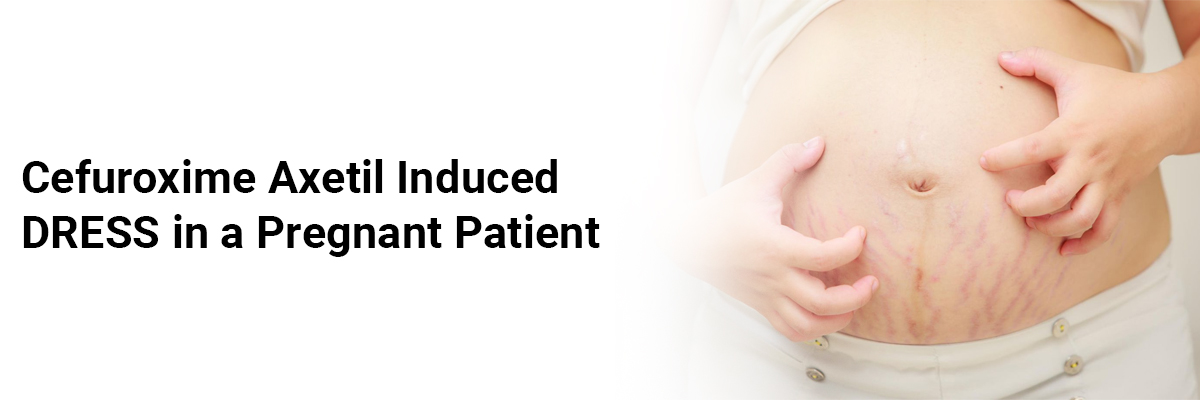
 IJCP Editorial Team
IJCP Editorial Team
Cefuroxime axetil induced DRESS in a pregnant patient
A 38-year-old primigravida presented to the emergency department with a four-day history of fever, generalized rash, and pruritus.
The lady was diagnosed with a urinary tract infection a week earlier and had been prescribed cefuroxime axetil, 500 mg BD.
Physical examination revealed a maculopapular rash on the face, trunk, and bilateral upper and lower limbs, along with fever (39.6°C) and tachycardia (108/min). Her blood pressure was normal. General physical examination was unremarkable, with no significant lymphadenopathy. Abdominal examination showed that the uterus height corresponded to the period of gestation, and she had mild hepatosplenomegaly. The fetal heart sounds were evident.
The differential diagnosis based on clinical findings included viral exanthema, dermatosis, and Drug reaction with eosinophilia and systemic symptoms (DRESS).
Laboratory examination indicated elevated urea – 64 mg/dL) and creatinine – 1.8 mg/dL); deranged liver assays – alkaline phosphatase 258 U/L, aspartate aminotransferase 109 U/L, alanine aminotransferase 202 U/L; raised total bilirubin – 2.7 mg/dL; reduced albumin – 2.47 mg/dL; increased ESR – 80 mm/hr; and elevated C-reactive protein – 120 mg/dL. A complete hemogram revealed hemoglobin of 11.7 gm/dL; leukocyte count of 60,000/μL; and markedly raised eosinophil count of 7800/μL. Viral markers for various infections were negative.
Ultrasound abdomen showed mild hepatosplenomegaly and a single live intrauterine fetus at a period of gestation (POG) of 33 weeks and four days.
Considering the clinical presentation, hepatic involvement, and peripheral eosinophilia, a diagnosis of DRESS was considered.
Cefuroxime axetil was discontinued, and the patient was initiated on prednisolone at 1 mg/kg/day due to the severity of the presentation. The patient responded well, with the rash resolving over the next 10-12 days and peripheral eosinophil counts returning to normal levels at two weeks. Subsequently, she underwent a cesarean section at POG of 34 weeks and six days due to preterm rupture of membranes and meconium staining, delivering a healthy baby girl weighing 2,136 grams with good Apgar scores (8 and 9). The patient was discharged on tapered doses of prednisone and remained under follow-up.
In inference, early clinical suspicion and diagnosis are crucial for successful outcomes in pregnant patients with DRESS.
Source: Singh A, Gainder S.The New Indian Journal of OBGYN. 2023; 10(1).

IJCP Editorial Team
Comprising seasoned professionals and experts from the medical field, the IJCP editorial team is dedicated to delivering timely and accurate content and thriving to provide attention-grabbing information for the readers. What sets them apart are their diverse expertise, spanning academia, research, and clinical practice, and their dedication to upholding the highest standards of quality and integrity. With a wealth of experience and a commitment to excellence, the IJCP editorial team strives to provide valuable perspectives, the latest trends, and in-depth analyses across various medical domains, all in a way that keeps you interested and engaged.




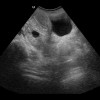
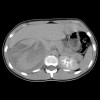

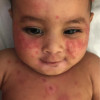








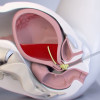
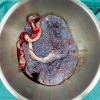

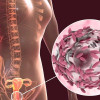

Please login to comment on this article